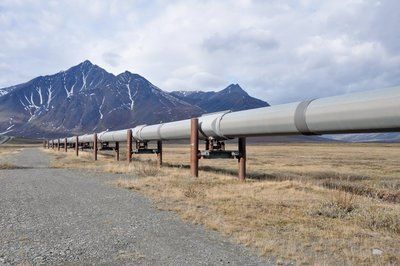HEAVY IRON NEWS
EPA Approves Ohio's Injection Well Program
- By Design Team
- •
- 06 Sep, 2015

THE EPA FINDS A STRONGER PROGRAM IN OHIO
PROTECTING THE GROUND WATER IN OHIO

OHIO CONTINUES TO BUILD ITS OIL INDUSTRY
Interest in oil and gas has been steadily rising in Ohio since 2009, following extensive wet gas and oil production in the Utica shale. Oil production in Ohio has rapidly become more fruitful since the development and widespread use of hydraulic fracturing technologies. Starting in 2005, both horizontal drilling and fracking contributed to a resurgence of the Ohio oil and gas industry. Following this positive review of Ohio's injection well program, it's likely that even more injection well sites will be able to be developed with less potential harm to the environment.
Despite the EPA's praise of Ohio's injection well program, there has still been some dissent. The FreshWater Accountability Project, in addition to other fracking-related activists, have been seeking to suspend the program in Ohio until a full safety audit can be completed. However, there has not yet been any reason to believe such an audit would be necessary or fruitful. According to the EPA, Ohio falls under federal guidelines and regulatory standards for maintaining and continuing its own injection well program.
Subscribe to Email Updates
Recent Post

| A new project in development in Oman may be able to revolutionize the way that people think about solar energy and oil and gas. The Miraah project currently being developed will use solar power in order to produce oil, thereby reducing the amount of natural gas Oman residences will need to rely upon. Ideally, the Miraah project will be able to address many of the outstanding issues with solar technology related to energy capture, while creating a more efficient and effective method of oil production. |








